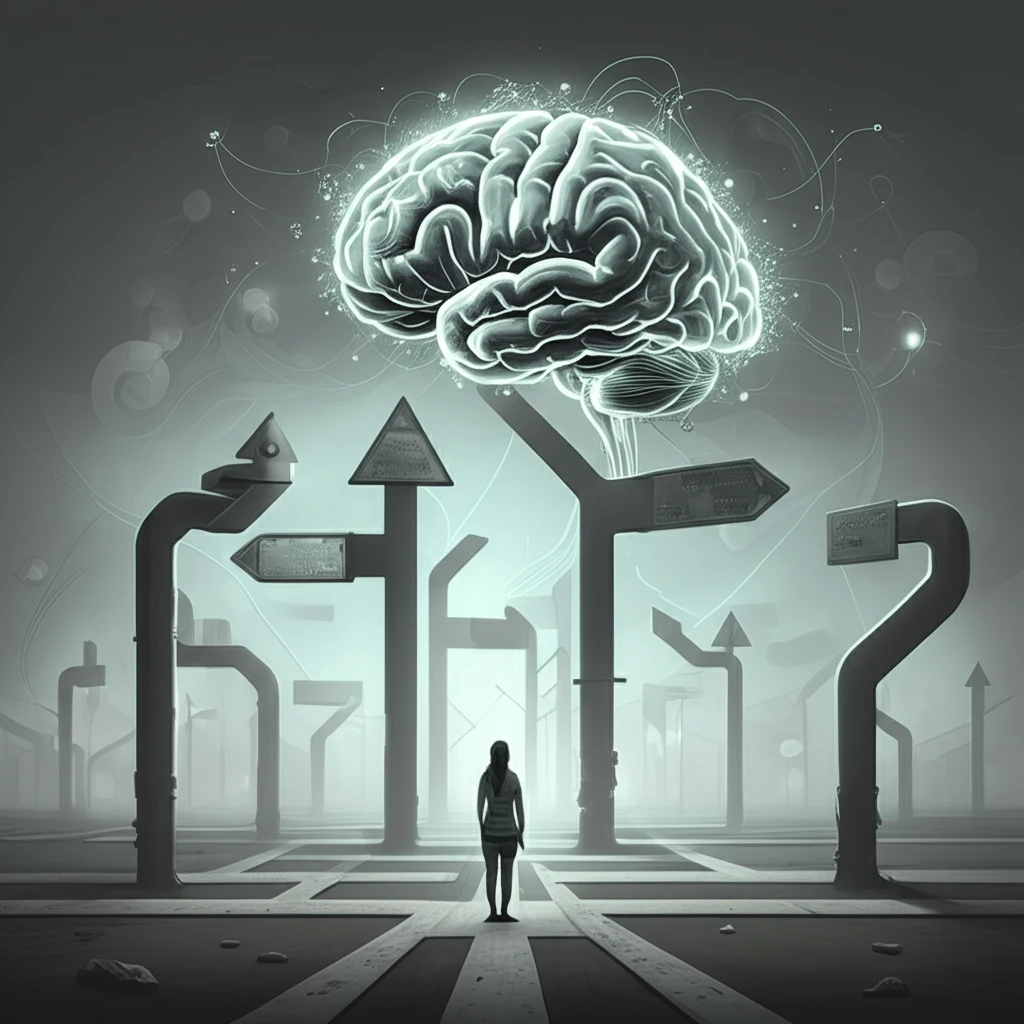
Decoding Decision-Making: A New Theory on Risk, Ambiguity, and Why It Matters
"Uncover the innovative rank-dependent theory that's reshaping our understanding of how we make choices when faced with uncertainty."
The age-old question of how we make decisions when faced with uncertainty has captivated thinkers for centuries. Distinguishing between risk (where probabilities are known) and ambiguity (where probabilities are unknown) is central to this puzzle. This difference, highlighted by Daniel Ellsberg in 1961, challenges the traditional view that we simply assign subjective probabilities to everything.
For decades, economists and psychologists have wrestled with models that can explain our aversion to ambiguity without relying on simple probability assignments. Now, a new theory is emerging, promising a more comprehensive understanding of decision-making in the face of both risk and ambiguity. This theory extends existing models and offers fresh insights into how we navigate uncertain situations.
This article explores this innovative rank-dependent theory, breaking down its key components and highlighting its potential impact on various fields. We'll delve into how this theory synthesizes existing models, accounts for different attitudes toward risk and wealth, and provides a more realistic framework for understanding our choices in an uncertain world.
What is Rank-Dependent Utility and How Does it Fit In?

At its core, the theory builds upon the Rank-Dependent Utility (RDU) model, pioneered by John Quiggin in 1982. RDU revolutionized how we think about decision-making under risk by suggesting that people don't simply weigh outcomes by their probabilities. Instead, they transform those probabilities using a weighting function. This allows the model to account for phenomena like the Allais paradox, where people deviate from expected utility maximization.
- Variational Preferences: It aligns with the Variational Preferences model when probabilities are straightforward, providing a cohesive link between different approaches.
- Dual to Variational Preferences: It acts as a 'dual' to Variational Preferences under specific conditions, mirroring the relationship between Yaari's theory and expected utility.
- Generalization of Maxmin Expected Utility: It provides a more general version of the popular Maxmin Expected Utility theory, offering a richer understanding of decision-making when faced with multiple possible scenarios.
Why This Matters: Real-World Implications
This isn't just an academic exercise. Understanding how we make decisions under risk and ambiguity has profound implications for various fields: <ul> <li><b>Finance:</b> Helps in designing more robust investment strategies and managing risk in volatile markets.</li> <li><b>Economics:</b> Provides a better understanding of consumer behavior and policy effectiveness.</li> <li><b>Public Health:</b> Improves communication strategies during outbreaks and promotes informed decision-making about health risks.</li> <li><b>Artificial Intelligence:</b> Leads to AI systems that can make more human-like decisions in uncertain environments.</li> </ul> By providing a more nuanced and realistic model of decision-making, this theory can help us make better choices, design more effective policies, and create more intelligent machines.
